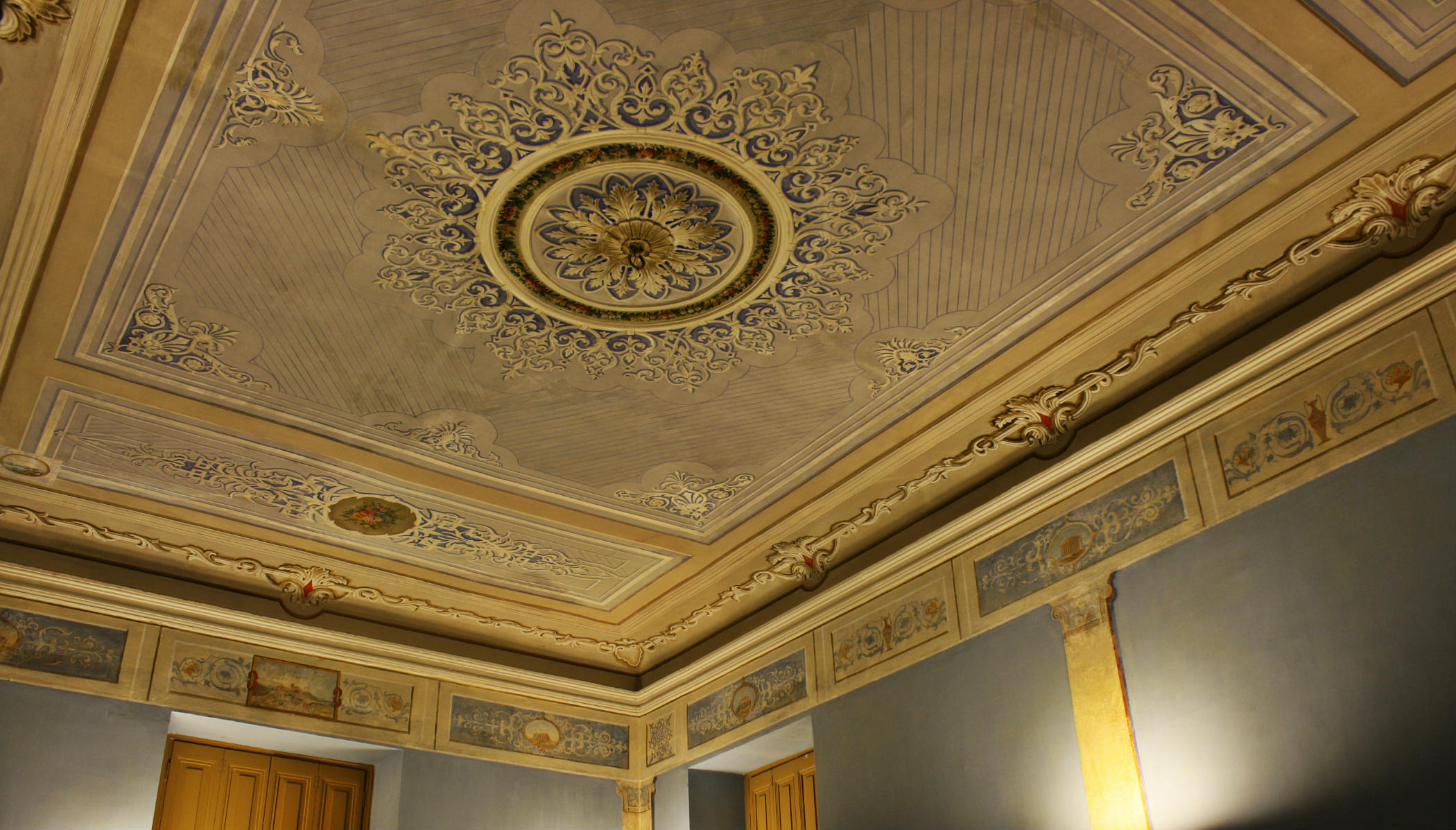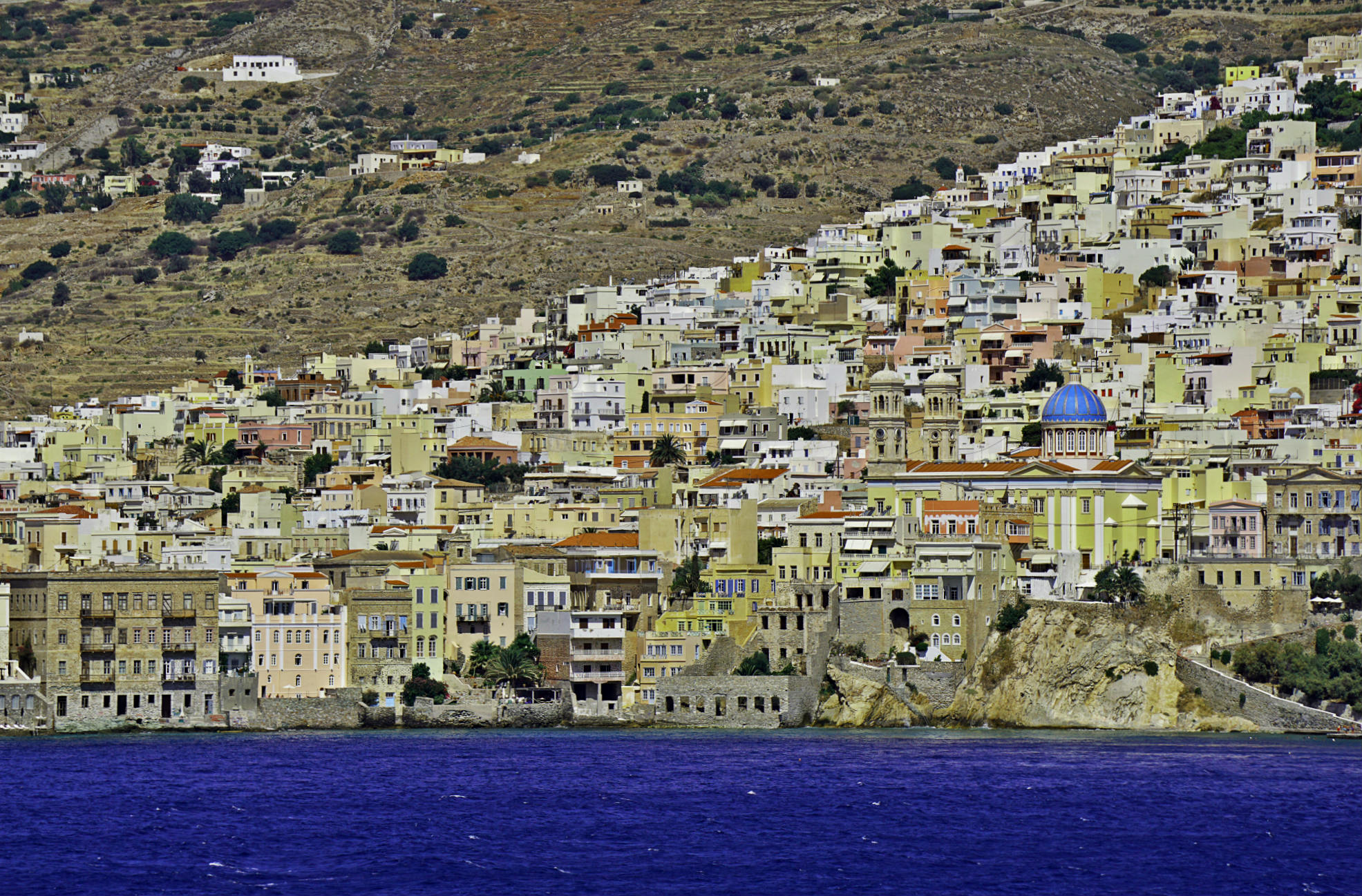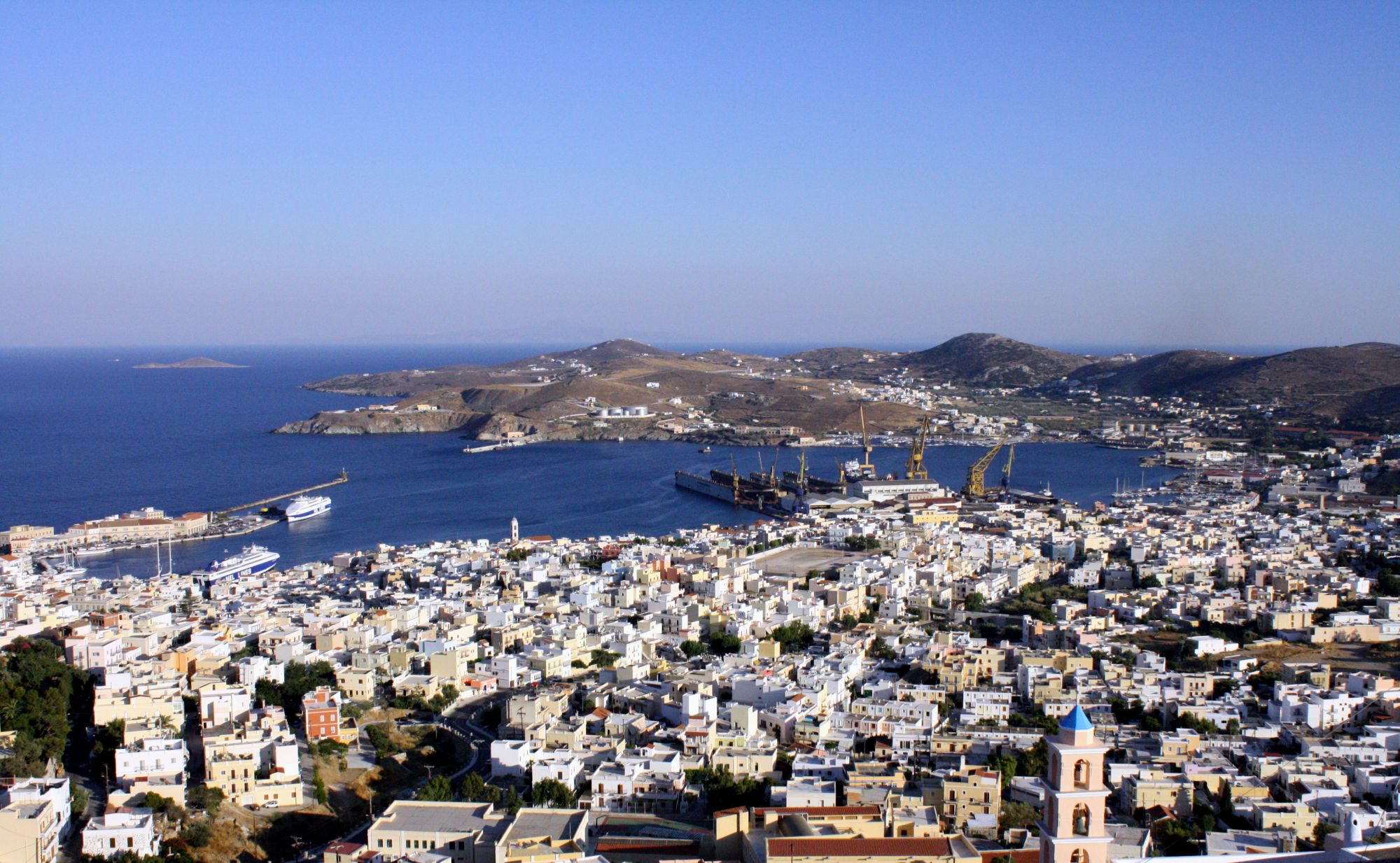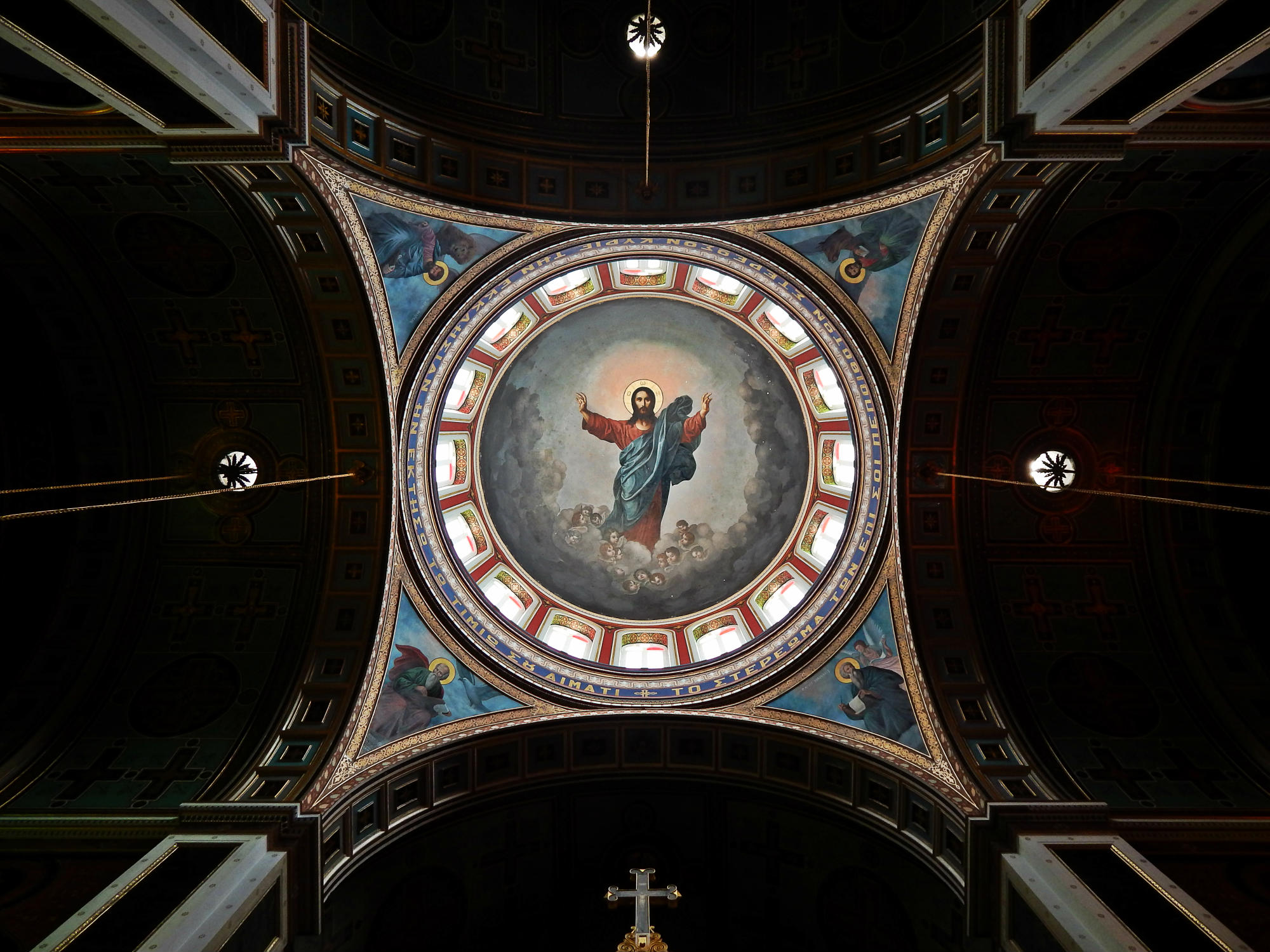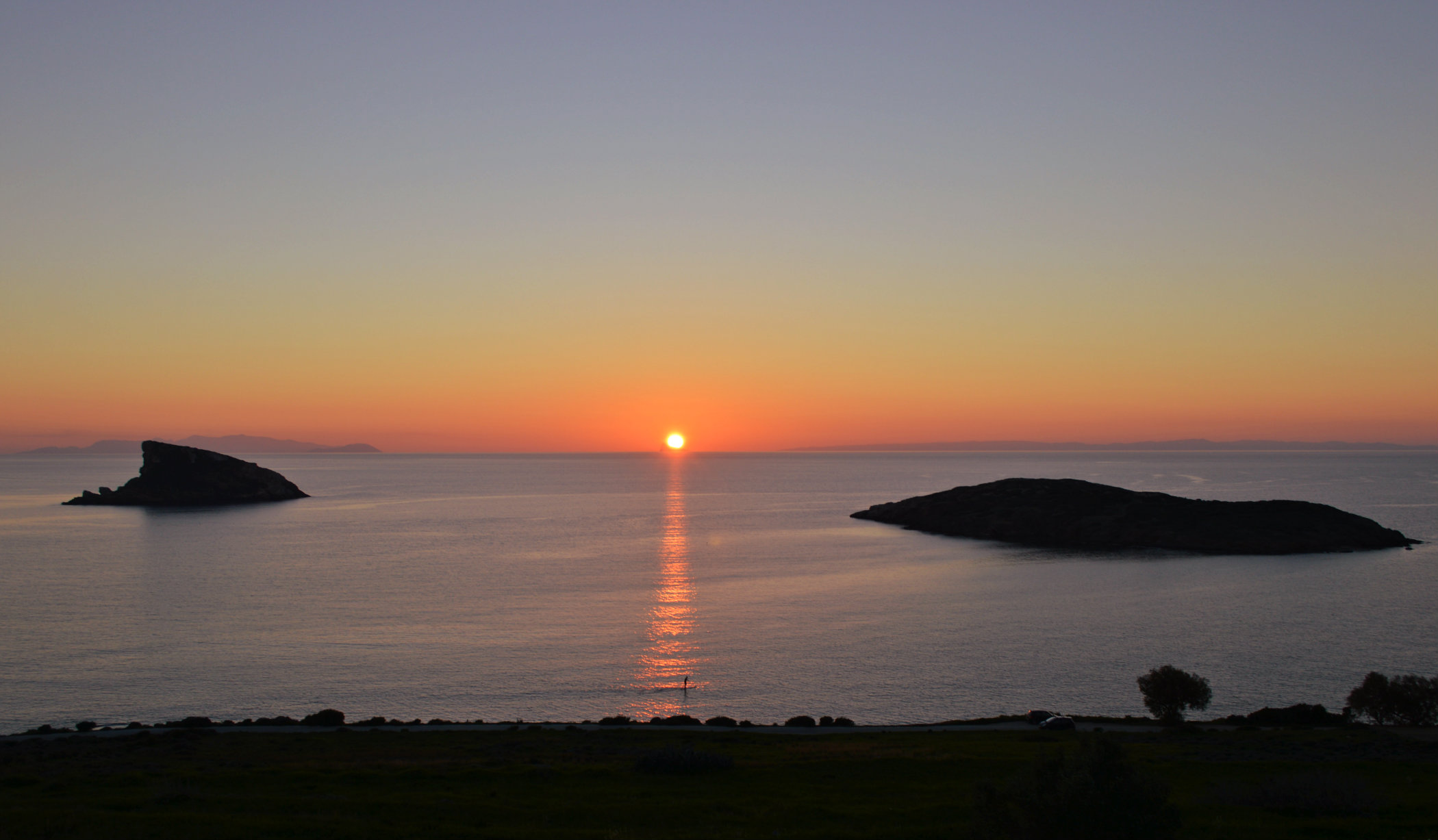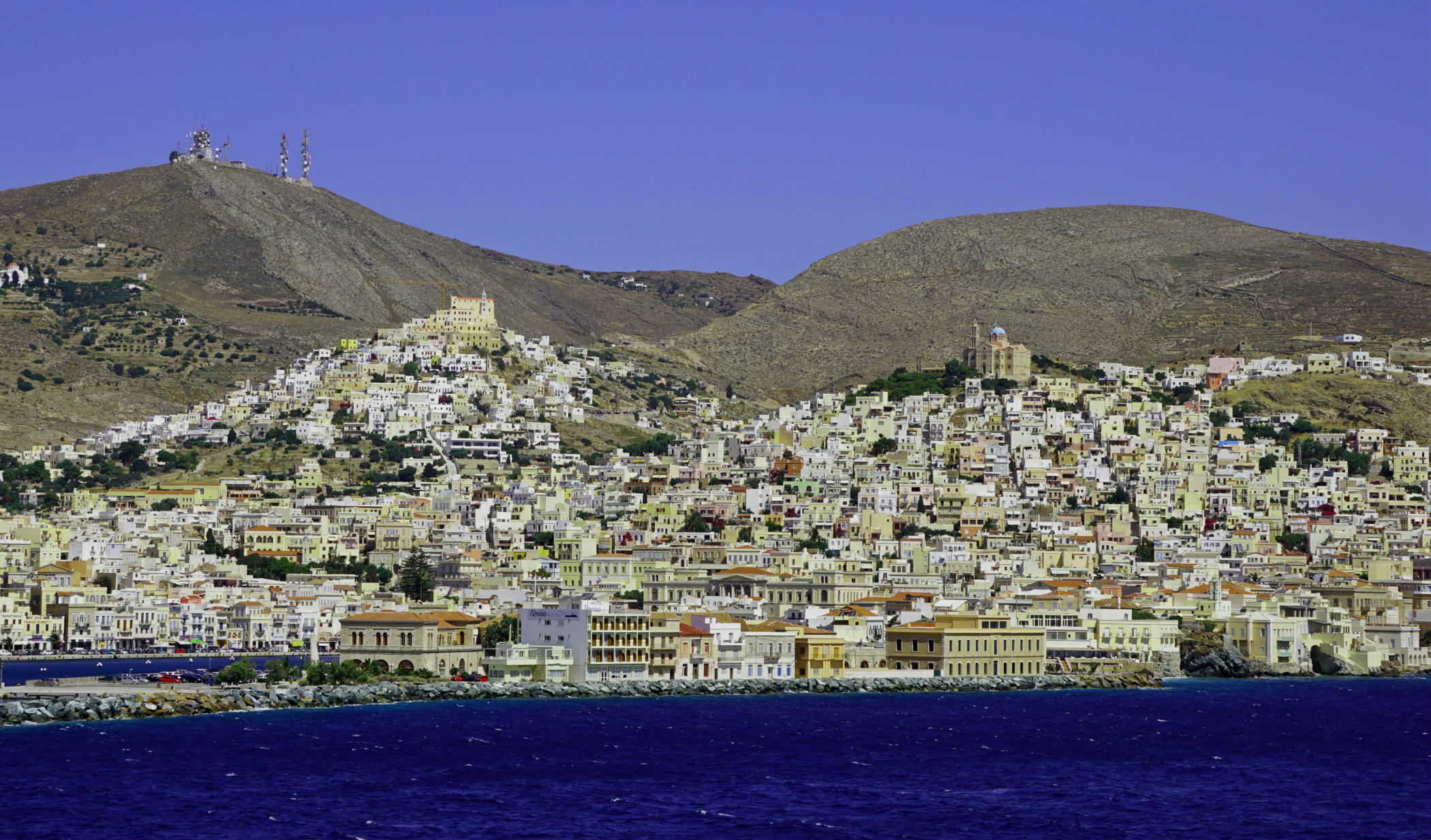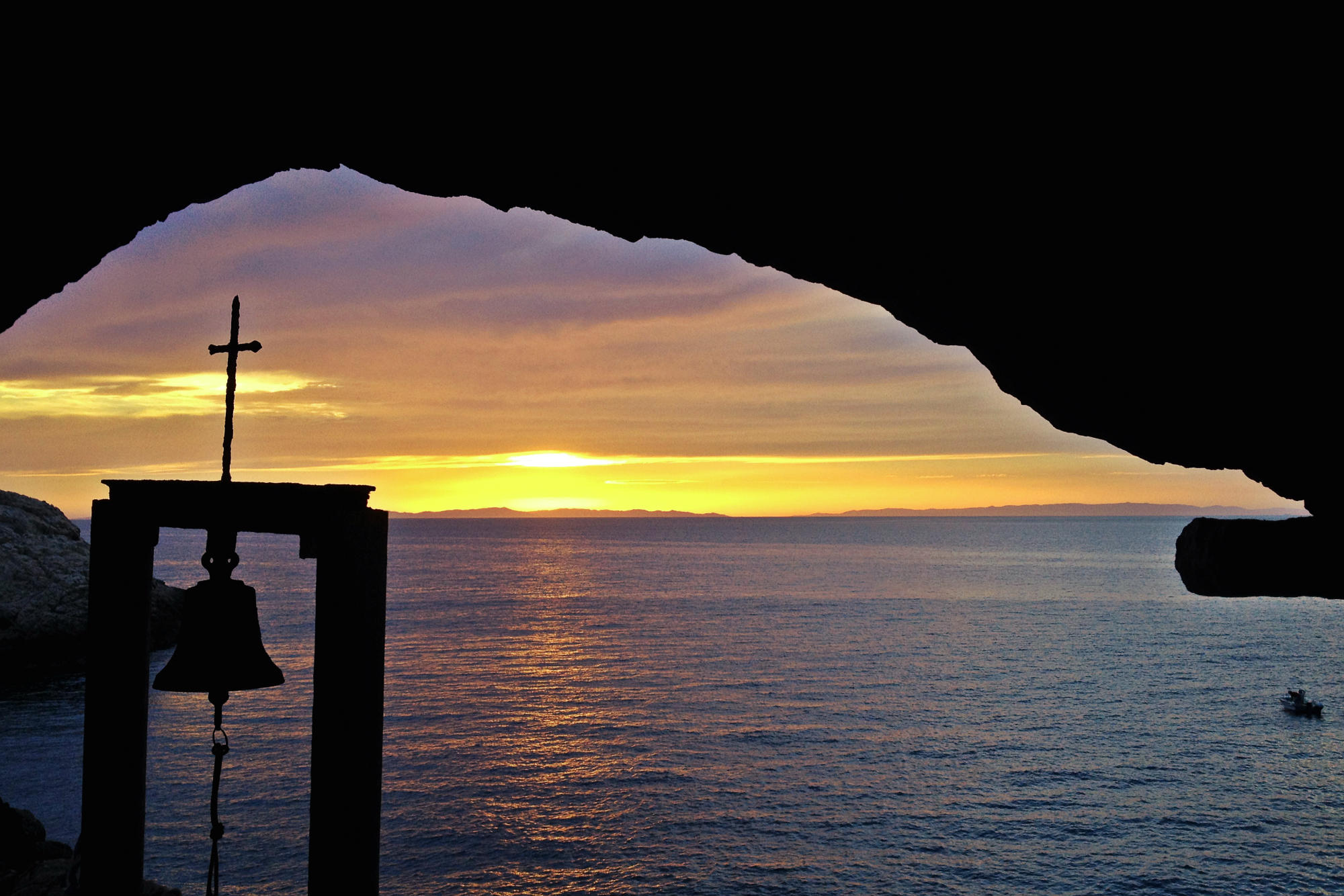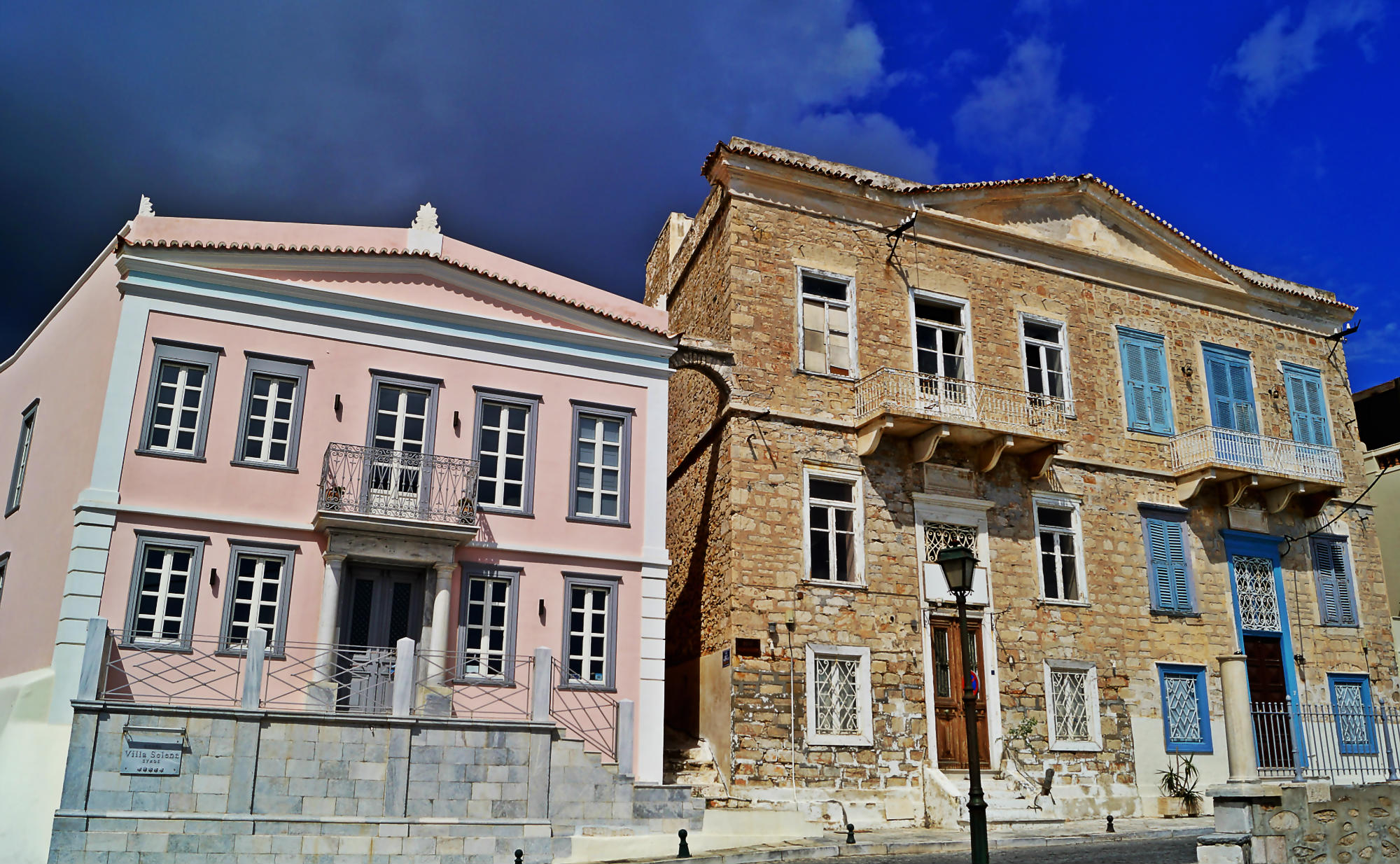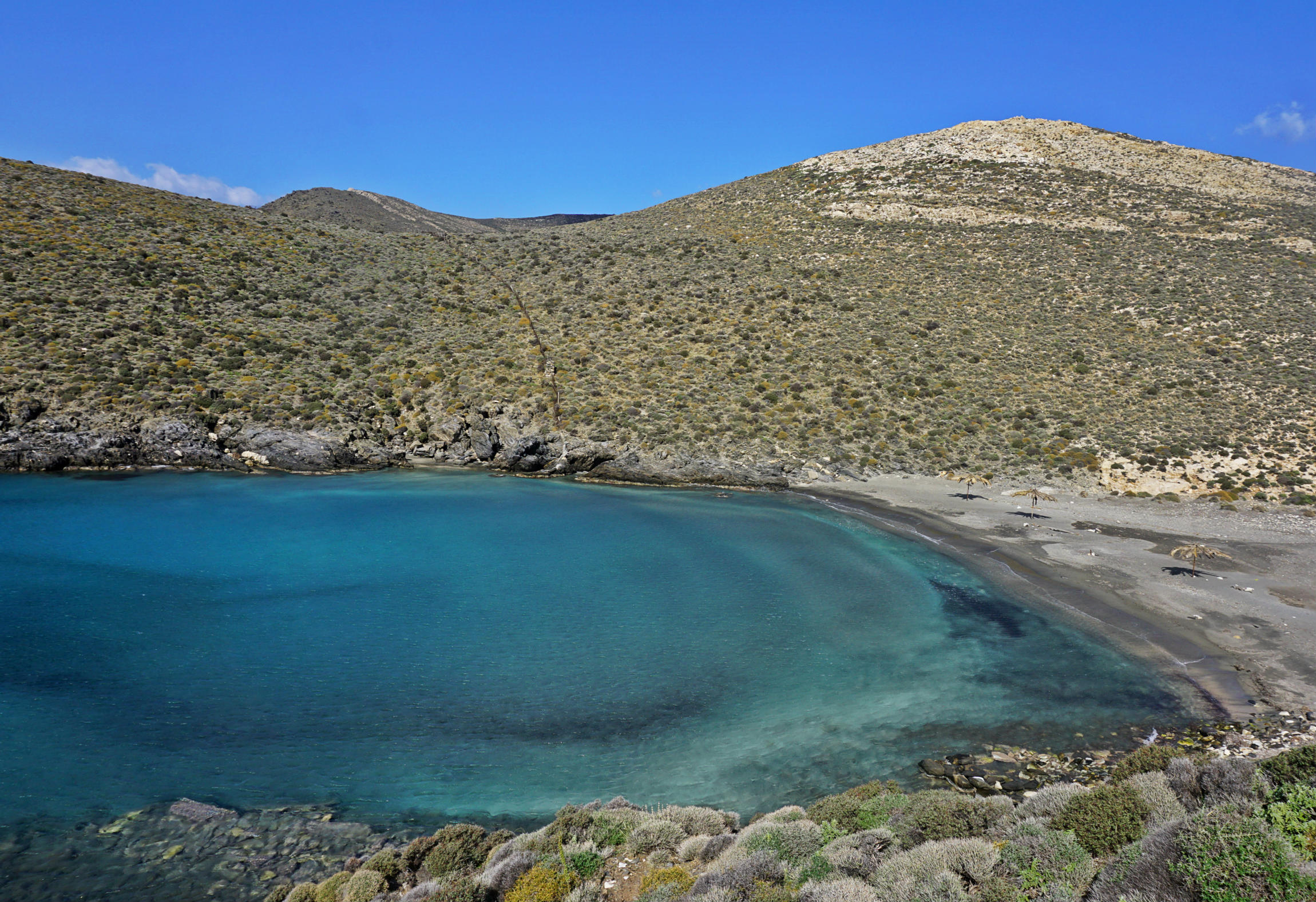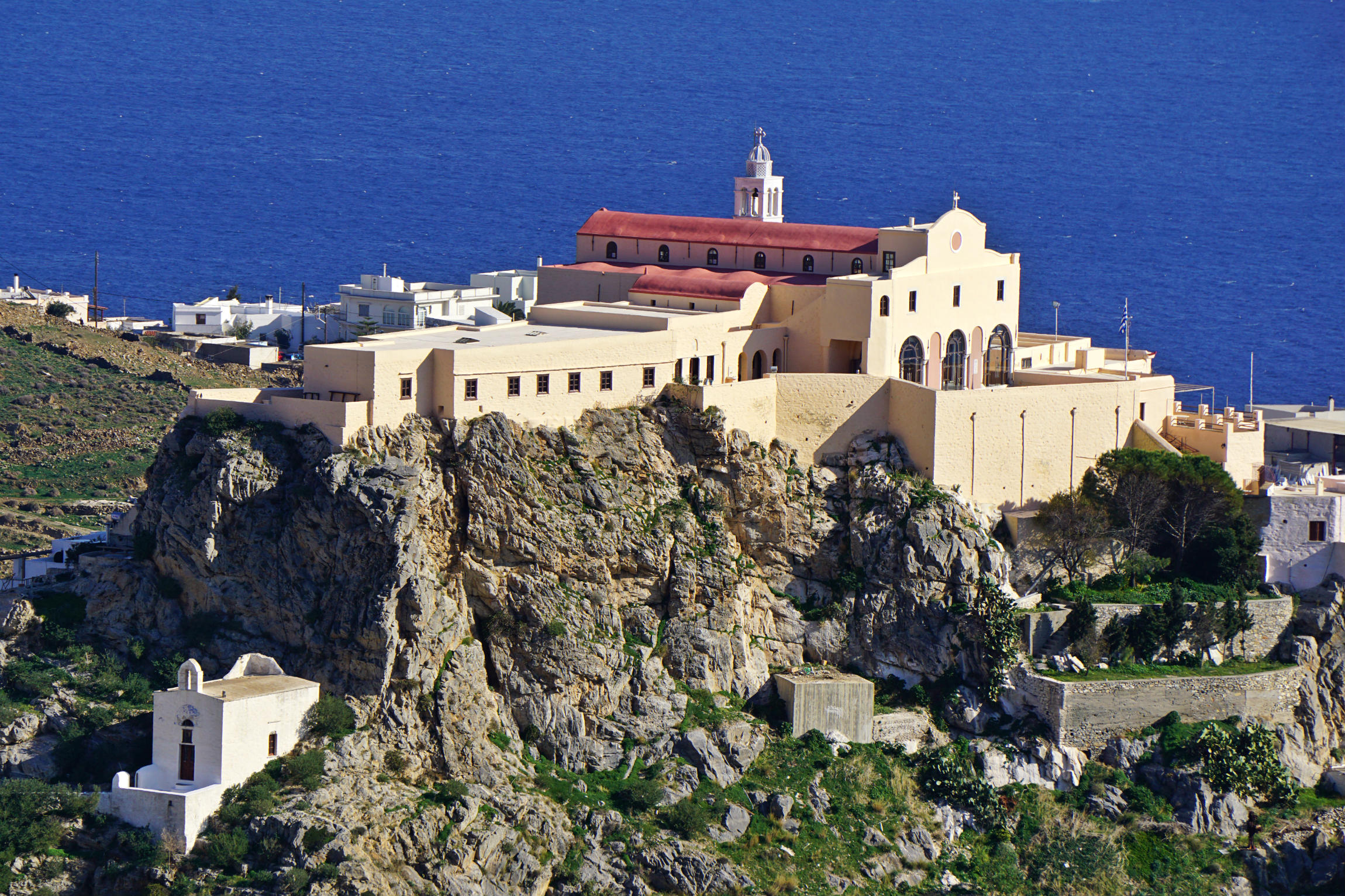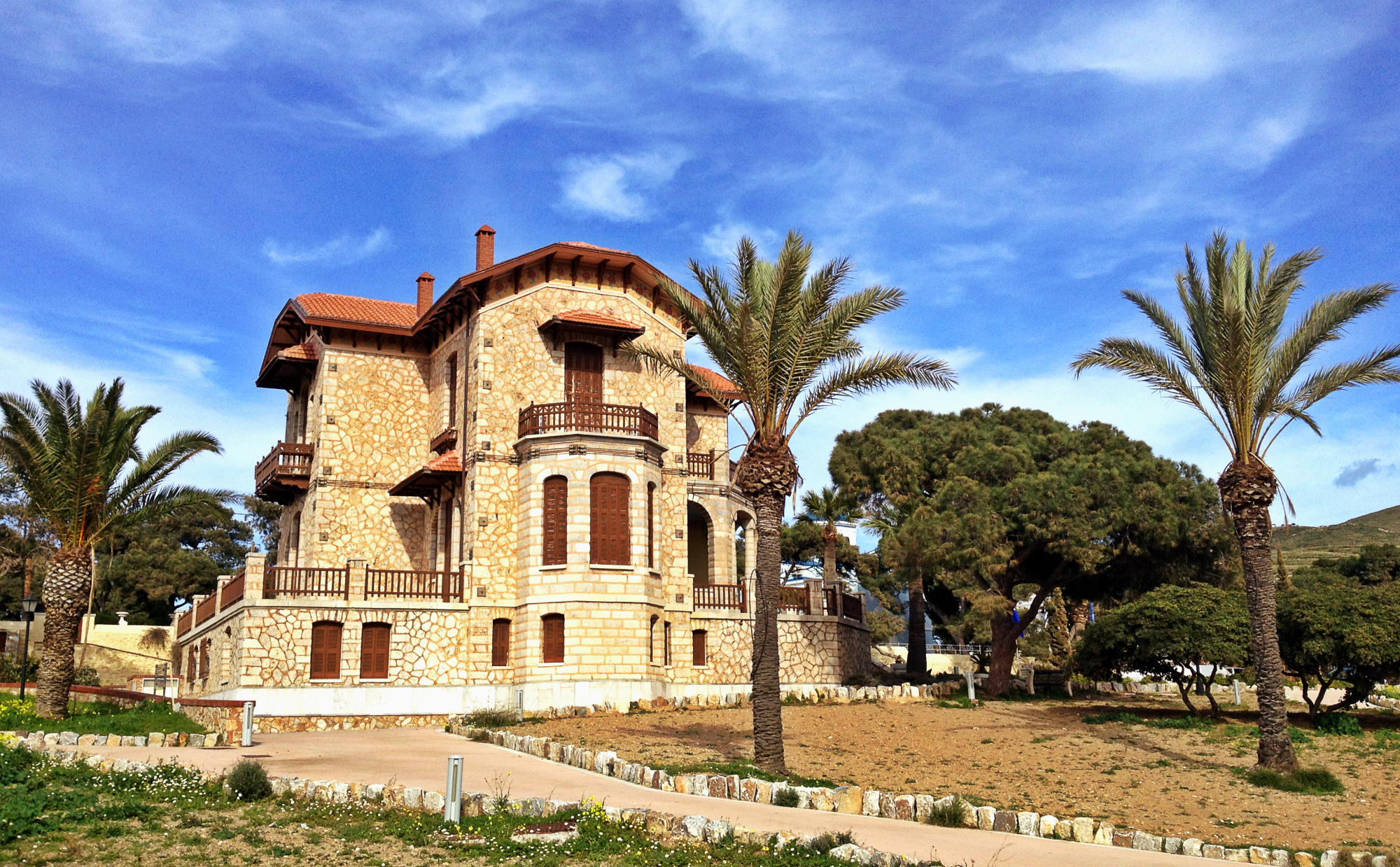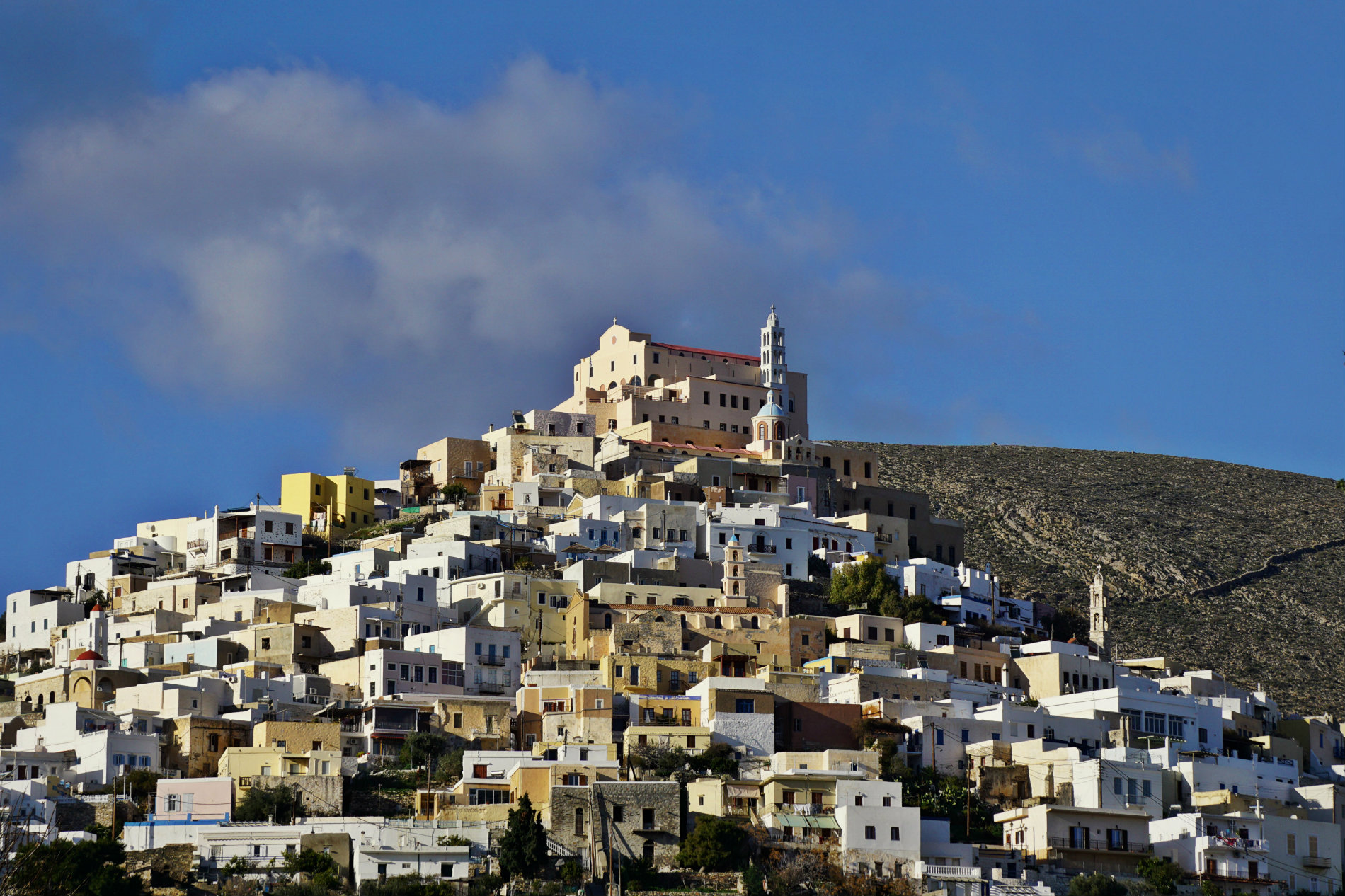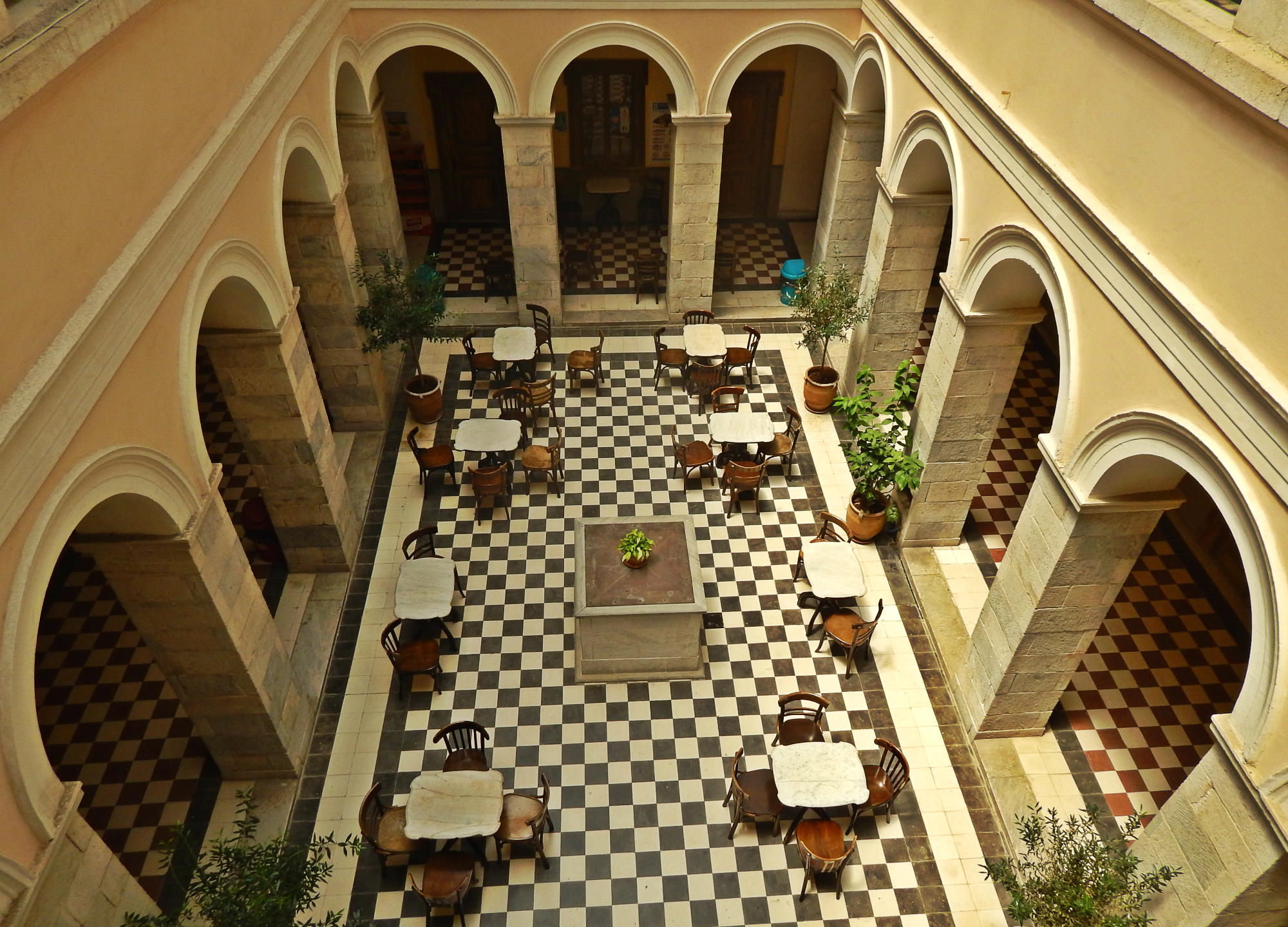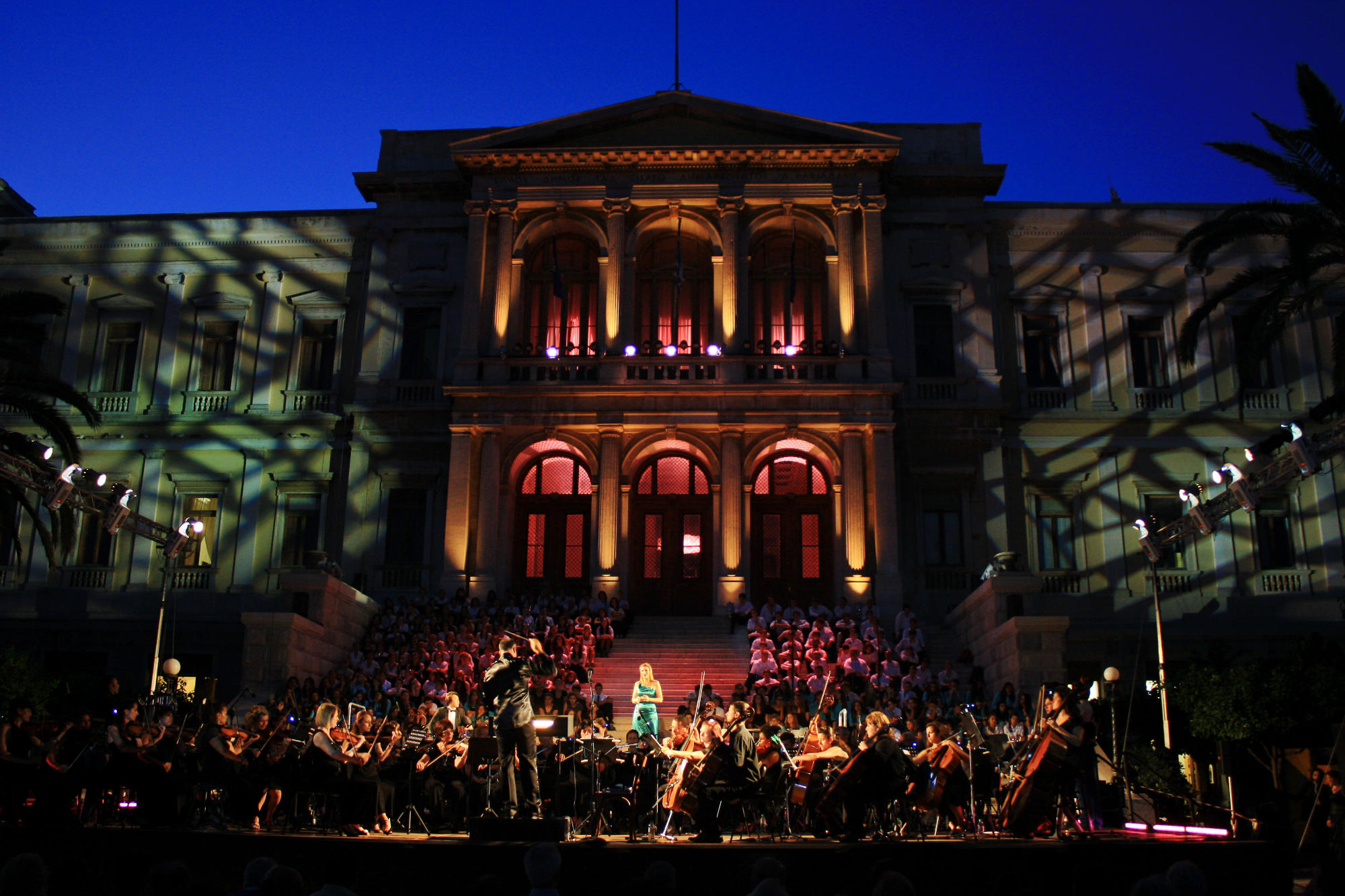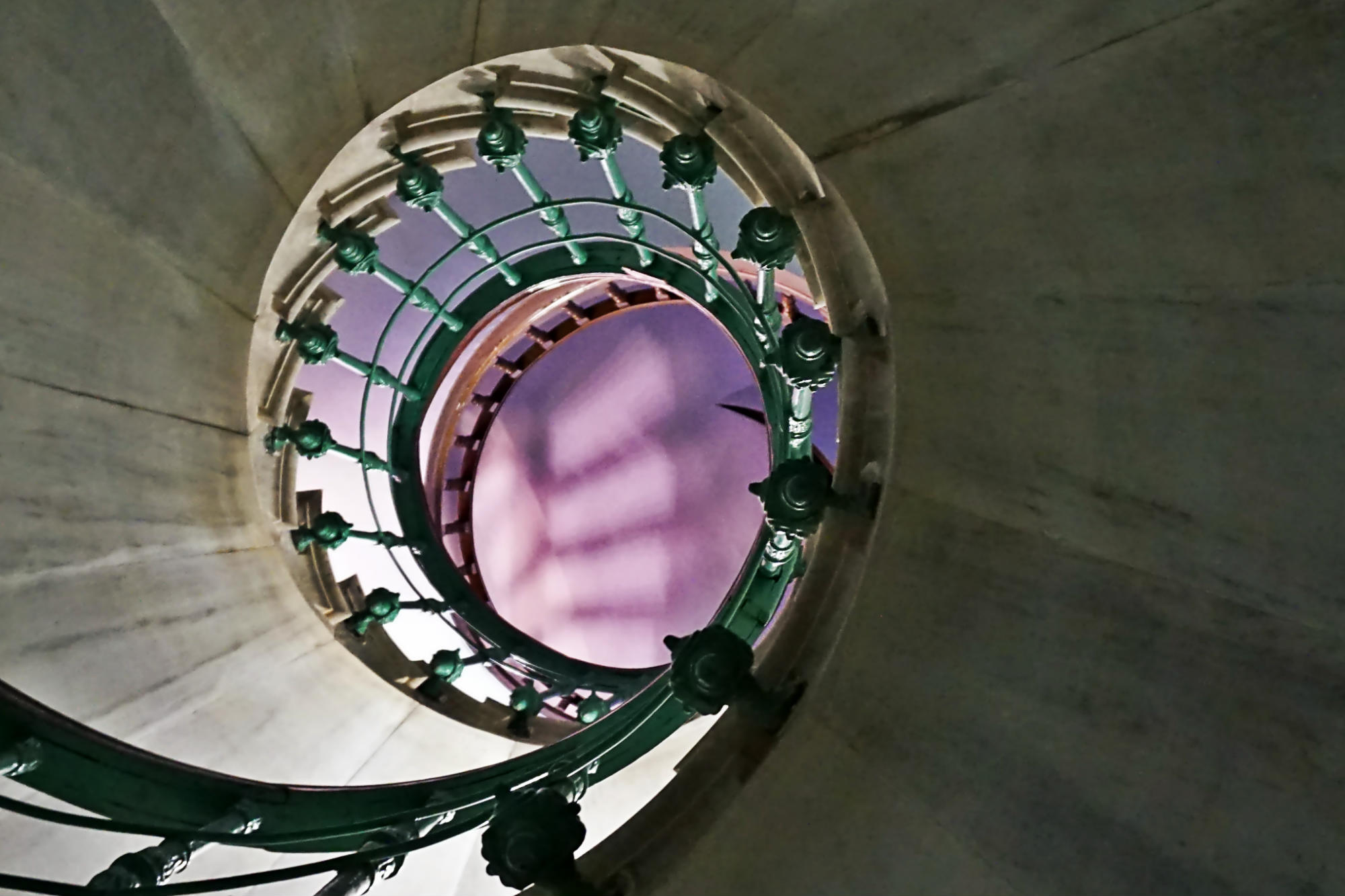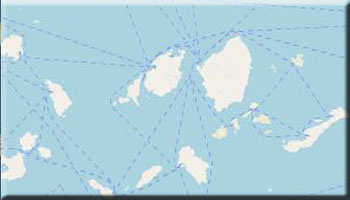The name Syros has its roots in the words "sour" or "osoura" which mean "rocky" in ancient Phoenician. In Homer's Odyssey the island is mentioned as "Syrie".
Excavations at Halandriani, a site on the island's northeastern end, have been dated to 2800 B.C., or the second period of Early Cycladic culture. The site yielded a number of finds-mostly graves, idols, pots, and vessels-which are now in the collections of the National Archaeological Museum in Athens, the Goulandris Museum of Cycladic Art, and the Archaeological Museum of Syros.
The philosopher and astronomer Pherecydes was born on the island in the 6th century B.C. At the time, there were two cities on the island-one on the site of the present-day Pefkakia - Psariana quarter of Ermoupolis and one at Galissas on the island's southeast.
In the 5th and 4th centuries B.C. Syros was a member of the Athenian League. Following a series of revolts in the 3rd century B.C., as well as during the 2nd century B.C., the island flourished as it emerged as an important hub for trade routes. Targeted by pirates almost continuously, the island saw its population dwindle over the next centuries. I
n Byzantine times, Ano Syros sees some development. In 1207, it's occupied by the Venetians and Latin rule leads to the conversion of large segments of the population to Catholicism. Syros fell to the Turks in 1566, yet remained under the protection of the Pope and French king throughout Turkish rule. In 1617, the island is sacked by the Turkish fleet and from the 16th century through the 18th century, its population barely topped 2,500 Catholics and 150-200 Orthodox.
The year 1822 marks the start of Ermoupolis's growth as its population is swelled by refugees from Asia Minor, Chios, Psara, and Crete. Ermoupolis, "city of Hermes", is thus named in 1826 in honor of the god of commerce in whose activity the city's residents fervently engaged.
In a short time, Ermoupolis emerges as the main commercial port in the eastern Mediterranean, which spurs the city's further growth. In 1823, Greece's first hospital is established on the island and in 1833 Ermoupolis is made the capital of the Cyclades. In 1833 Neophytos Vamvas, a clergyman and refugee from Chios, also founds Greece's first high school from which the statesman Eleftherios Venizelos later graduated. The first modern shipyard in Greece is established at Neorio in 1861 and shipbuilding soon employs 2,000 people as the island delivers roughly 80 ships each year. (Earlier, in 1854, Greece's first steamship had been built on Syros.). The island's commercial activities spawns a service sector, including banking and insurance; industry, tanning, soap making, metalworking, milling, and textiles also provide employment. Syros's economy reaches a peak in the late 19th century when its population tops 30,000.
The second world war takes a heavy toll on Syros, which slips into a decline that continues after the war. In the 1980s, the island started to turn around its fortunes as it looked to tourism to help its economy rebound, while the economy also got a boost from the reopening of the shipyards.









